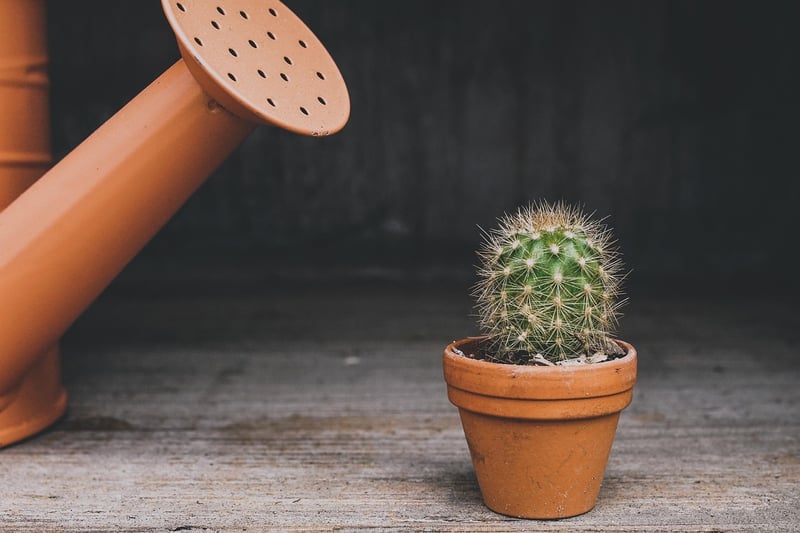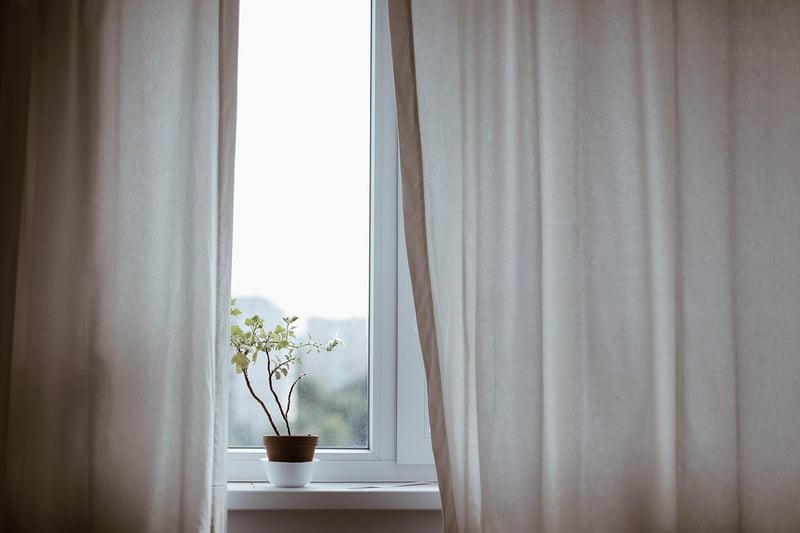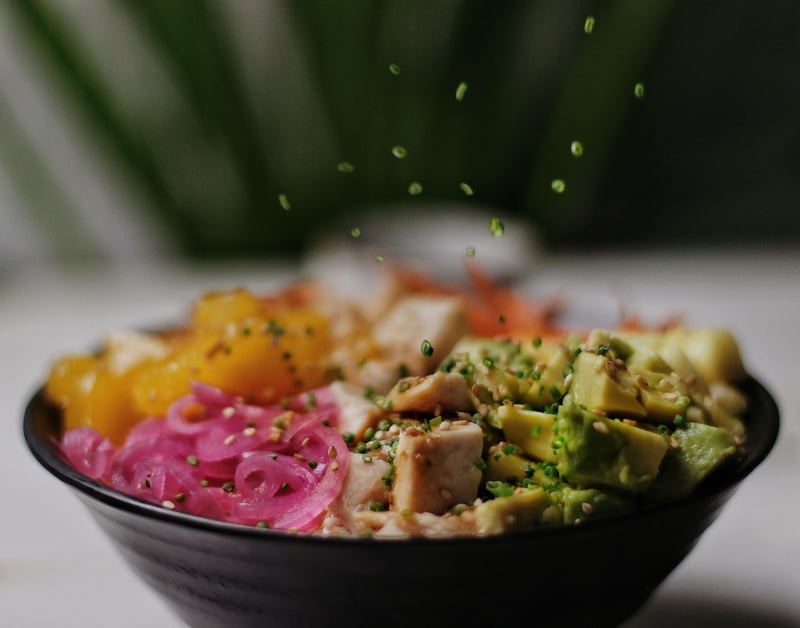Low Light Options
Understanding Light Requirements for Indoor Plants
When it comes to keeping indoor plants healthy and thriving, understanding their light requirements is crucial. Light is one of the most important factors that influence a plant's growth and overall well-being. Different plants have varying light needs, and it's essential to provide them with the right amount of light to ensure they flourish.
Types of Light
There are generally three types of light conditions that indoor plants are categorized into:
- High Light: Plants that require bright, direct sunlight for several hours a day.
- Medium Light: Plants that thrive in bright, indirect light or partial sunlight.
- Low Light: Plants that can survive in minimal natural light or artificial light.
Assessing Light Levels
To determine the light conditions in your home, observe the intensity and duration of sunlight in different areas throughout the day. South-facing windows typically receive the most light, while north-facing windows receive the least.
Low Light Options
If you have limited natural light in your space, don't worry! There are plenty of plants that can thrive in low light conditions. Some popular low light options include:
- Snake Plant: Known for its resilience and air-purifying qualities.
- Pothos: A versatile vine that can tolerate low light and neglect.
- ZZ Plant: Requires minimal light and water, making it perfect for beginners.
Remember to rotate your plants occasionally to ensure even growth on all sides, even in low light settings.
By understanding the light requirements of your indoor plants and choosing suitable options for your space, you can create a green oasis even in low light conditions.



